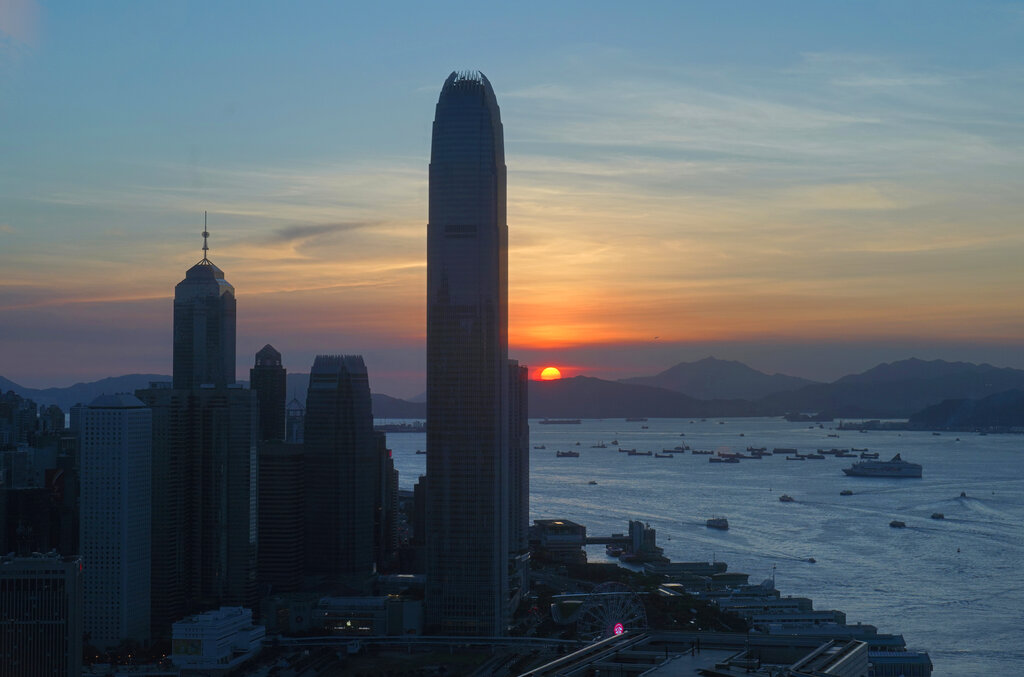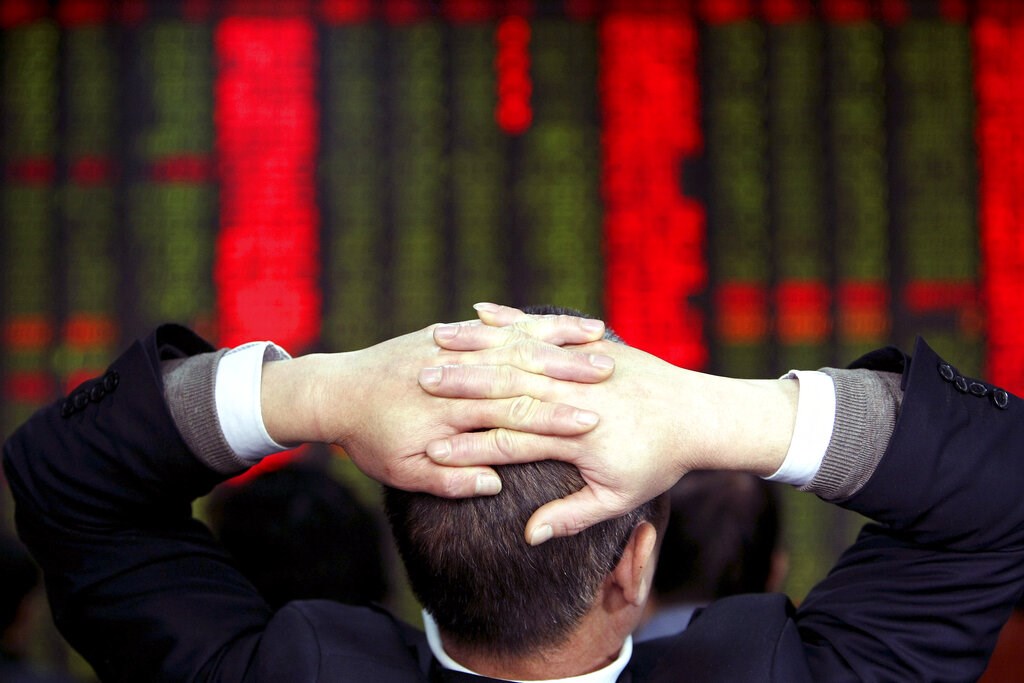
In the first ten months of 2022, Mandatory Provident Fund (MPF) holders in Hong Kong suffered a 22% drop in their pension contributions. October itself saw the funds drop 2%. Among all asset classes, equity portfolios saw the biggest plunge, down 5.4% in October alone.
The average year to date loss of equity funds has widened to 31.6%, making it the worst asset class so far. Allocation funds, which invest in a varying mix of stocks and bonds, comes next, plunging 21.8% since the beginning of 2022. Bonds have provided no cover, as this asset class slid 15% over the same period.
|
Global Broad Category |
1-Month Return |
YTD Return |
|
Equity |
(5.35) |
(31.55) |
|
Fixed Income |
(1.14) |
(15.10) |
|
Allocation |
(0.30) |
(21.81) |
|
Miscellaneous |
(0.97) |
(9.53) |
|
Money Market |
(0.31) |
(1.56) |
Developed Market Equities Make a Comeback
In October, the US and European markets recovered some ground, with their respective Morningstar market indexes gaining 8.1% and 7.4% each. US equity MPFs and Europe equity MPFs each gained 7% on average for October.
Both markets saw a resilient earnings season, except for a few high-profile US mega-caps misses. Management guidance for the quarter to come was fairly cautious, but was not as bearish as feared. Another developed market that also recouped some losses was Japan, with Japan MPFs returning 3.1% on average.
However, all these developed market equity categories accumulated a double-digit loss this year so far. US equity funds lost 20.6% and Europe equity funds lost 21.8%. Japan equity funds were down 17.2%.
In terms of individual funds, eight of the top ten funds for October were from the US equity category, with a positive return of between 7.7% and 8.2%. A healthcare-themed equity fund, Manulife GS MPF Healthcare and AMTD Invesco Europe completed the list, with a single-month return of approximately 8%.
Political Risks Extend China Losses
Hong Kong and China & greater China equity bucked the rebound trend and had another bad month. Each of those categories – popular among Hong Kong workers – averaged a loss of 15% in October. The list of bottom ten MPFs were only funds from these two categories. The worst among them was BEA (MTS) China Tracker, finishing the month with a 16.68% loss.
The harsh fall for the markets followed the close of the National Congress of the Chinese Communist Party. Hong Kong equity tested a new low in 13 years and marked the worst single-day slump since the 2008 global financial crisis.
Lorraine Tan, director for Asia equities at Morningstar, points to the political reshuffle in China’s ruling party. “The negative reaction is because of the disappointment over the new seven-man China Communist Party Standing Committee. It implies a more hard-lined approach to the country’s COVID policy and security – possibly at the expense of economic growth. This means that GDP growth is likely to notch lower for 2023.”
An increase in “autocracy risk” – risk resulting from government power concentrated in the hands of the few – is a concern, Perth Tolle, the founder of Life + Liberty Indexes and creator of the Freedom 100 Emerging Markets ETF (FRDM) told Morningstar.
Autocracy risk can — in addition to limiting human freedom — stifle growth, prolong market downturns, and trigger capital flight. In China, trade restrictions and zero-Covid policies that shut down some of the country’s largest factories are other examples of autocracy risk. Tolle thinks the poor performance may have been that investors are realizing that the country’s risks outweigh the potential outperformance they’ve been after.












.png)



.jpg)





